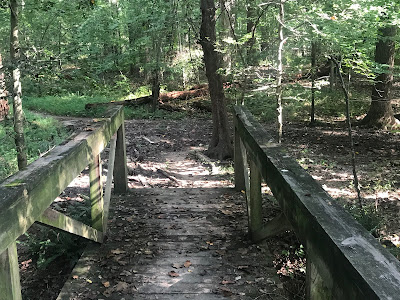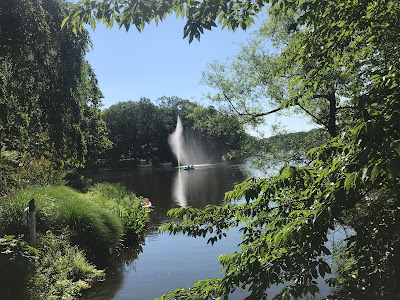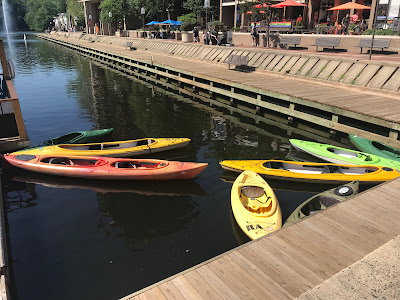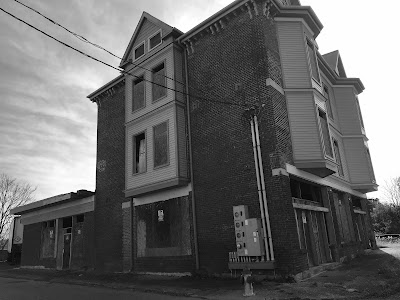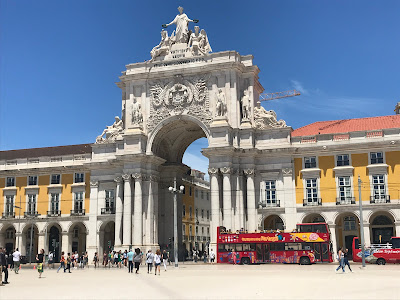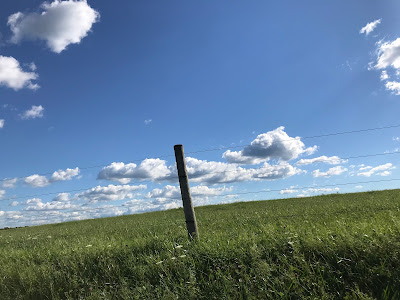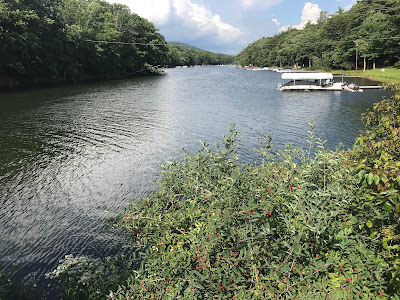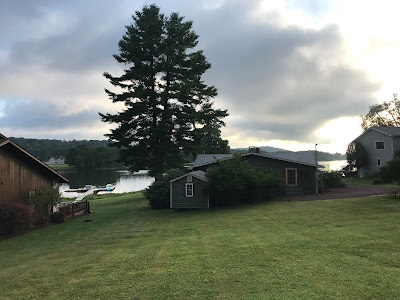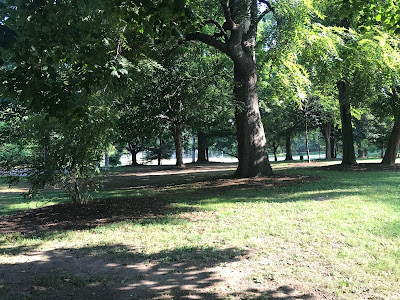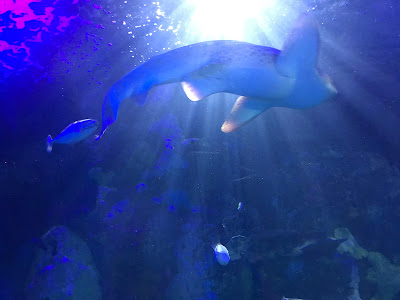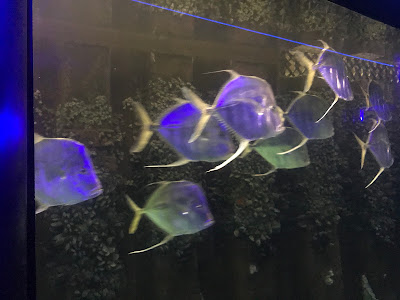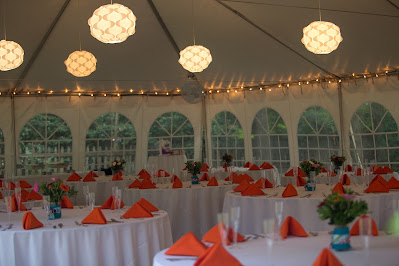Novel Vistas
It’s easy to vary my walks if I drive to trailheads scattered throughout the area like the loose-strung beads of a pearl necklace. But if I rely only on shank’s mare, I’m more limited.
Still, there are several ways to leave this “landlocked” neighborhood (pinned in by a busy street on either side), especially if I hike through the woods.
That’s just what I did the other day, following a trail I’ve known for years, one that leads to the mossy hill and, if you angle it a differently, across a small valley to our sister neighborhood, Westwood Hills. That’s the path I took yesterday.
I hadn’t walked there since winter, and I was glad to be back beneath its vaulting trees and novel vistas: a path of stones, a bridge that’s seen better days. But finding it just as humid there as it is here, I quickly made my way back.
Still, for a little while, I had broken free.
